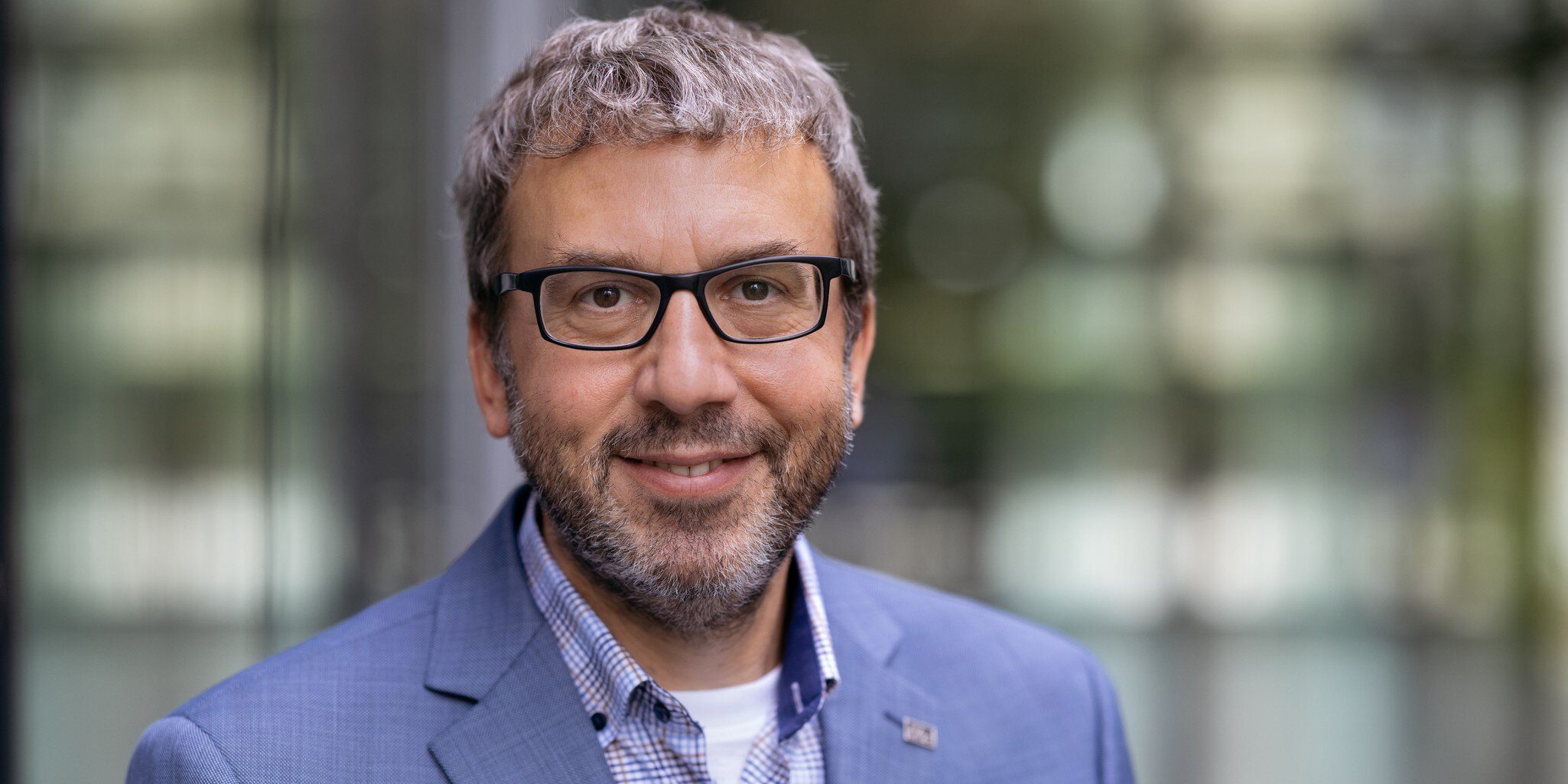Knowledge for first-time-right production
Lasers in Manufacturing – LiM 2025 focuses on new possibilities for flexible beam shaping and the rapidly increasing use of AI. In our interview, conference chair Prof. Jean Pierre Bergmann talks about current trends and the highlights of LiM.
Lasers in Manufacturing (LiM 2025)
Prof. Jean Pierre Bergmann, Head of the Department of Production Engineering at the Technical University of Ilmenau, Germany
Where does LiM 2025 focus its content?
Our conference traditionally has three pillars: Macro-Material processing, i.e. welding and soldering, cutting surface treatment on a scale from 100 micrometers upwards. Here, the focus is increasingly shifting towards digital methods, from control and simulation to in-situ radiography and monitoring. The second sub-conference is dedicated to Micro- and Nano-material processing. In addition to cutting, joining, drilling and ablating materials down to the sub-micrometre range, this also includes structuring, functionalization and thin-film processing. Multiphoton processes and the generation of nanoparticles and nanostructures using photonic methods will also be on the agenda this time. And the third area, additive manufacturing, will focus on laser-based processes such as the layer-by-layer construction of components made of metal, polymers, ceramics or glass in a powder bed, laser cladding. Here, too, the focus is on simulation and modeling, process control and in-situ radiography, which opens completely new possibilities for process control.

Are there currently any exciting technological trends in your photonics segment?
I would highlight two topics that our keynote speakers Chu Lun Alex Leung from University College London and Barbara Previtali from Politecnico di Milano will be talking about. One is beamshaping. We are seeing a clear trend towards increasingly precise beam shapes in terms of time and space that can be flexibly adapted to the specific application. These can be changed and adapted during the ongoing process, for example to avoid local overheating during welding or cutting or in the sense of rapid scaling of laser machining processes. The second topic is in-situ radiography, which has already been mentioned. Some research teams in Europe have started to screen ongoing laser machining processes in the synchrotron and to save the X-ray images with high frame rates, contrasts and exact time stamps. The experiments at the Deutsches Elektronen-Synchrotron DESY in Hamburg and the European Synchrotron Radiation Facility ESRF in Grenoble will significantly deepen our understanding of the process and give us the opportunity to investigate the causes of quality fluctuations in detail. We can track exactly what happens in the material at the processing point, just before, during and after the laser has melted it.
Where are these trends leading?
This knowledge is the basis for enabling first-time-right production in the future and being able to readjust the parameters during the ongoing process to ensure consistently high quality. We can use the data from in-situ radiography to train Machine Learning algorithms in a more targeted manner because we have a better understanding of how errors and faults occur in the process. Incidentally, both topics are not only featured in the keynote speeches but run through all three sub-conferences at LiM 2025. This shows that a change is taking place in laser manufacturing. The use of artificial intelligence is advancing rapidly and is helping to make highly developed sensory process monitoring usable for comprehensive process control. Together with the beam shape and intensity distribution at the processing point, which can be flexibly adjusted at any time, this expands the laser material processing toolbox enormously.
Are there any highlights at your conference that you would like to point out to the LASER community?
One highlight is of course the opening with the two keynotes. For us as the Scientific Society for Laser Technology and Photonics - WLT - the presentation of the WLT Prize for outstanding achievements in applied laser research to talented scientists is also one of the highlights. And, of course, visitors to LiM are interested in networking and personal contact. In addition to the conference breaks, our event on Wednesday evening in the Augustiner Keller (June 25, 2025, 7pm-2pm) offers plenty of opportunity for this. This year there will be another new feature for the speakers. In cooperation with publishers, we will publish selected papers in special issues of peer-reviewed scientific journals. In many PhD programs, it is now a requirement to publish such articles. In this sense, presenting at LiM can be a real advantage.
You can find out everything else about LiM 2025 at www.wlt.de/lim-conference
